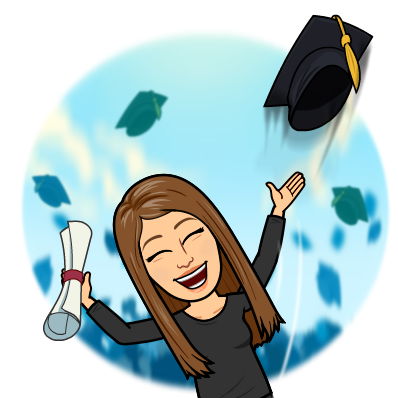Good morning, colleagues! I apologize that I didn't post this blog last weekend. We had PTC Thursday night and Friday, and then I just thoroughly enjoyed my three-day weekend. This weekend, however, I am back to business! A year ago I posted a popular column titled "
The A-Z problems of digital learning." One thing that I thought would be effective this year is to break down solutions for each of these issues. This week, I'm going to talk about "E": Engagement.
One thing I often talk to teachers about is that a digital device is JUST A TOOL! It's the same thing as using a pencil and paper. Is a digital device more inviting? Sure, but remember that
"D" is for distractions. I mentioned in my last post that you have to engage your students in your classroom. You have to find a way to make your content appealing and authentic for your students. That will hopefully keep students involved in your class and free of distractions.
There are
THE four Cs 21st century skills, but there are other skills that students should be learning. Utilizing skills will help with engagement as you can focus on teaching students "things" that they'll use in the future!
Collaboration and teamwork: Get your students talking to each other! The easiest thing to do in your classroom is to stop talking AT your kids, get them out of their chairs, move them around the room, and let them chat. I'm not saying don't lecture or let your students talk about anything all of the time, but don't let your students sit in their chairs for 65 minutes silently. That might be what they get in college, but I'm guessing if you're reading this blog, that you are NOT a college professor! When students are talking to each other, they aren't spending their time staring at the clock. If you ask students to discuss engaging content information, they will learn those face to face conversation skills that they need to be a well-rounded adult.
Creativity and imagination: I know that we have all standards and a curriculum that we need to get through, but as the teacher, you honestly can't decide exactly what your students focus on. You should find a way to provide your students with a voice and a choice. Give them a
tic-tac-toe choice board where they can choose content pieces and options for projects. Colorado's Social Studies standards are relatively open-ended, so I knew that I was having students meet a state standard even if they were covering a different topic than another peer. Students will buy in more if they have a say in their learning. They take ownership!
Critical thinking: One thing that surprised me the longer that I've taught is how willing students are to give their opinion. I was somewhat shy and introverted, so I never assumed anyone wanted to hear what I had to say. Surprise! Most people willingly give their opinion, and other people DO care! It's why critical thinking is crucial to every classroom. Students should have (and share) their ideas, but they also need to think critically about why they believe things to be true, where did they learn that knowledge, and what factual information supports those views? Because they're "essentially" talking about themselves, they are engaged in those tasks.
Flexibility and adaptability: When I taught Social Studies, I heard all of the time, "Is this for a grade?" If I said yes, students would often reply with, "But this is so hard!" I've realized that students need to be able to take risks without failing or punishment. You, the teacher, need to be flexible with due dates and be adaptable to your students' needs. Yet students also need to be adaptable when it comes to trying new types of assignments in the classroom. In broadcasting, students know that it is difficult to fail while also understanding that they can take risks as long as it meets the proficient criteria for the segment. I never hear "Is this for a grade" anymore! My students know that I am willing to listen and learn right along with them.
Social responsibility and ethics: A lot is going on in the world right now. It's so important to connect your curriculum to current events. We need our students to be well-rounded adults, and to do that, students must know what is happening, form opinions, and support their views with evidence. Don't we want students to think about their place in the world? I know that I want my students to be aware of what's around them, in Colorado Springs, the US, and the world. Awareness leads to empathy. Ignorance is "bliss." But I've also seen that students are more engaged with content when they make connections with their current world.
Technology literacy: WIth all this chatter about "
digital natives," I've realized that students are not this. Technology literacy is the ability to use technology, EFFECTIVELY, to access, evaluate, integrate, create and communicate information to enhance the learning process through problem-solving and critical thinking. Students should learn what a valuable website looks like. Students should evaluate why a source is or is not reliable. Students should also be able to communicate with professionals in their field and receive advice to improve an assignment or project. Students shouldn't steal an image from Google Images but instead should learn how to find Creative Commons sourced work.
Again, these are just a few ideas to get your students engaged. You know your students best, so what stands out? Meet your kids where they are, then push them beyond their (and your) expectations. Thanks for reading! I'll see you next week :)
- Rachel












